From Quang Binh
Visiting the model at Chay Lap Farmstay (Bo Trach district, Quang Binh province), we were quite surprised by the information introduced by the manager here. 41 rooms, including 14 Farm rooms are floating houses with unique designs, 11 Garden rooms with surrounding gardens creating a cool space and 16 Mountain rooms with beautiful mountain views, most of which are always booked in advance. With prices from more than 1.1 million/night, even 1.8 million VND or more, but guests are still willing to spend money to relax and experience, sometimes having to book long in advance.
Ms. Le Thi Hai Yen, Sales Director of Chay Lap Farmstay Resort, said that Chay Lap Farmstay especially focuses on the accommodation model that emphasizes experiences associated with free services, including: Daily breakfast; tea, coffee and drinks; 2 hours of cycling/guest/day; 1 hour of free kayaking/guest/day; swimming pool; fishing experience with 10% discount coupons for water games. The direct sales channel is still the advantage, attracting about 50% of guests, followed by online tour sales channels, websites, and connecting travel agencies. A special thing to note is that it is necessary to develop this type associated with the trends and "taste" of guests. Thanks to that, guests returning monthly, or once every few months, is common.
Not only Chay Lap Farstay, but many other places are also crowded with visitors, including Chay River - Dark Cave, OZO Quang Binh Park... The special thing is that the tourism workers here prioritize community participation associated with local cultural characteristics; the tourist destination relies on nature to create interesting experiences for visitors.
Through the models of other provinces, representatives of businesses, homestay owners, tourism service cooperatives, and tourism business households in the province believe that Thua Thien Hue also has a lot of potential to develop rural agricultural tourism and OCOP tourism like the models of other provinces. However, in recent times, the effectiveness of destinations has not met expectations, and some models have even failed.
Mr. Huynh Tan Phan, owner of a farm in Duong Hoa commune, Huong Thuy town, shared: “In terms of area scale, terrain and related factors, it is clear that the locality may not be too inferior, and can even take advantage of the existing pomelo garden to create check-in and experience points. However, if during peak months it can welcome over 2,000 visitors/month to experience, at present it is deserted. The difficulty is still attraction and sustainability. When the model attracts visitors, it will create conditions for further investment. From Quang Binh, it can be seen that in Duong Hoa commune, camping models can be built and more games can be organized on the water.”
Learn how to do it effectively
Thua Thien Hue has strengths in cultural heritage tourism and diverse tourism resources. However, some tourism models also need investment and research to continue to create efficiency. According to Mr. Nguyen Van Phuc, Director of the Department of Tourism, implementing the plan of the Provincial People's Committee on implementing the program of developing culture, tourism - services of the province in 2023, the Department of Tourism organizes programs to survey and learn tourism models, including rural agricultural tourism models, OCOP tourism. Sharing experiences in building, operating, managing and developing agricultural tourism, OCOP tourism, and resolving procedural problems are the basis for units, businesses, and tourism business households to study and apply appropriately in practice.
Based on the common characteristics of tourism activities organized in rural areas, it is necessary to exploit the values of specific tourism resources in terms of culture, lifestyle, and village traditions - associated with agricultural production activities of rural communities; create many job opportunities, positively impact the lives of rural communities; directly create a bridge for production activities and supply of agricultural products and handicrafts of traditional craft villages.
According to experts, rural tourism uses the technical infrastructure of rural communities (villages, traditional houses), village cultural institutions (communal houses, temples, wells, etc.), traditional craft production facilities, infrastructure (roads, electricity, water, telecommunications services, etc.) associated with the natural environment, cultural identity and agricultural production activities of the community. This is where tourism in the Ancient Capital can exploit.
The value chain in rural tourism must reach direct beneficiaries (tourism business households, connecting enterprises) and indirect beneficiaries (farmers participating in providing agricultural products in tourism, people with skills and expertise in creating products in rural tourism...). However, it is necessary for the "hand" of enterprises to join forces with the people, from the stage of training staff, creating culinary menus, promoting and introducing tourism products or creating experiences.
Source


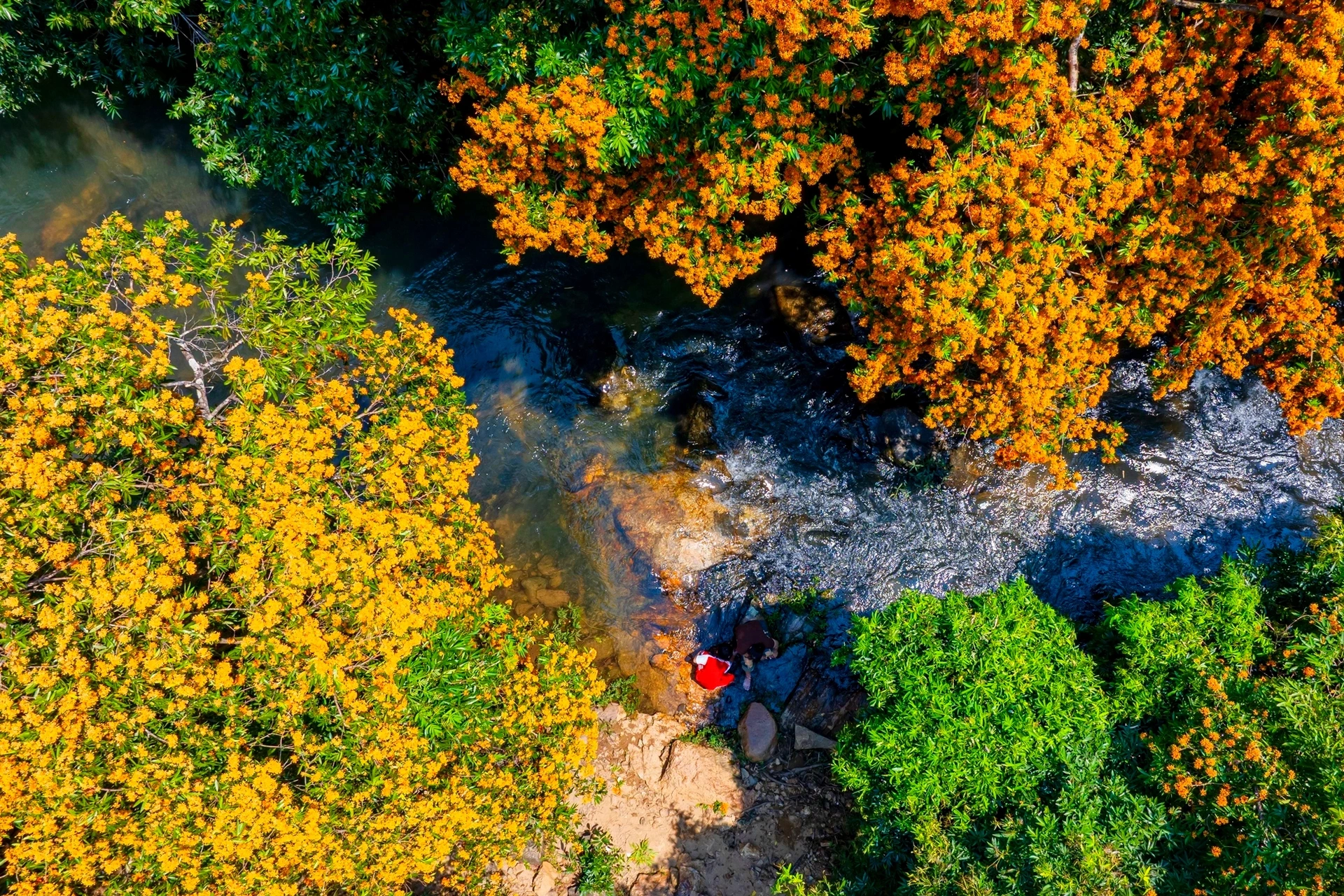
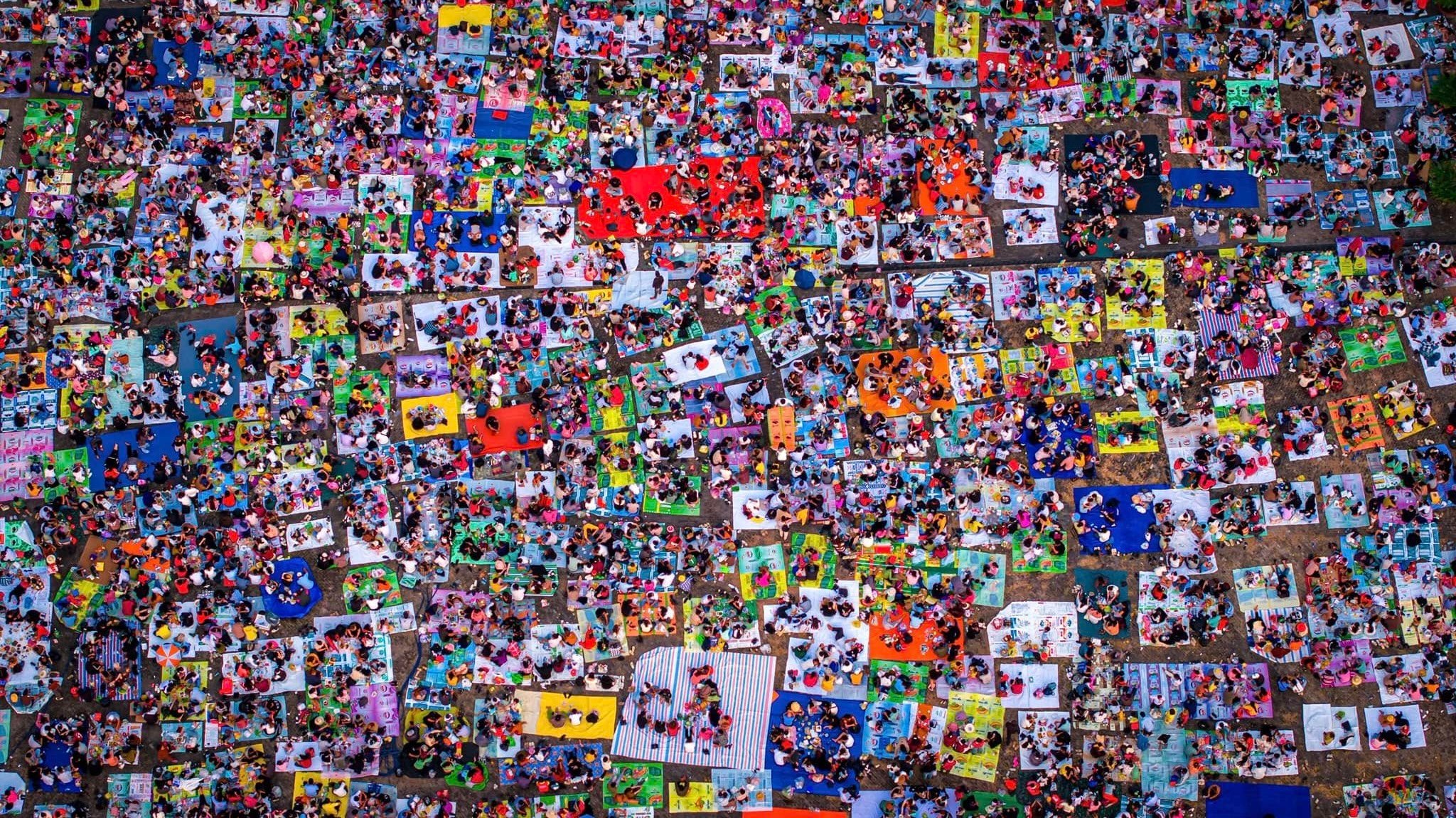

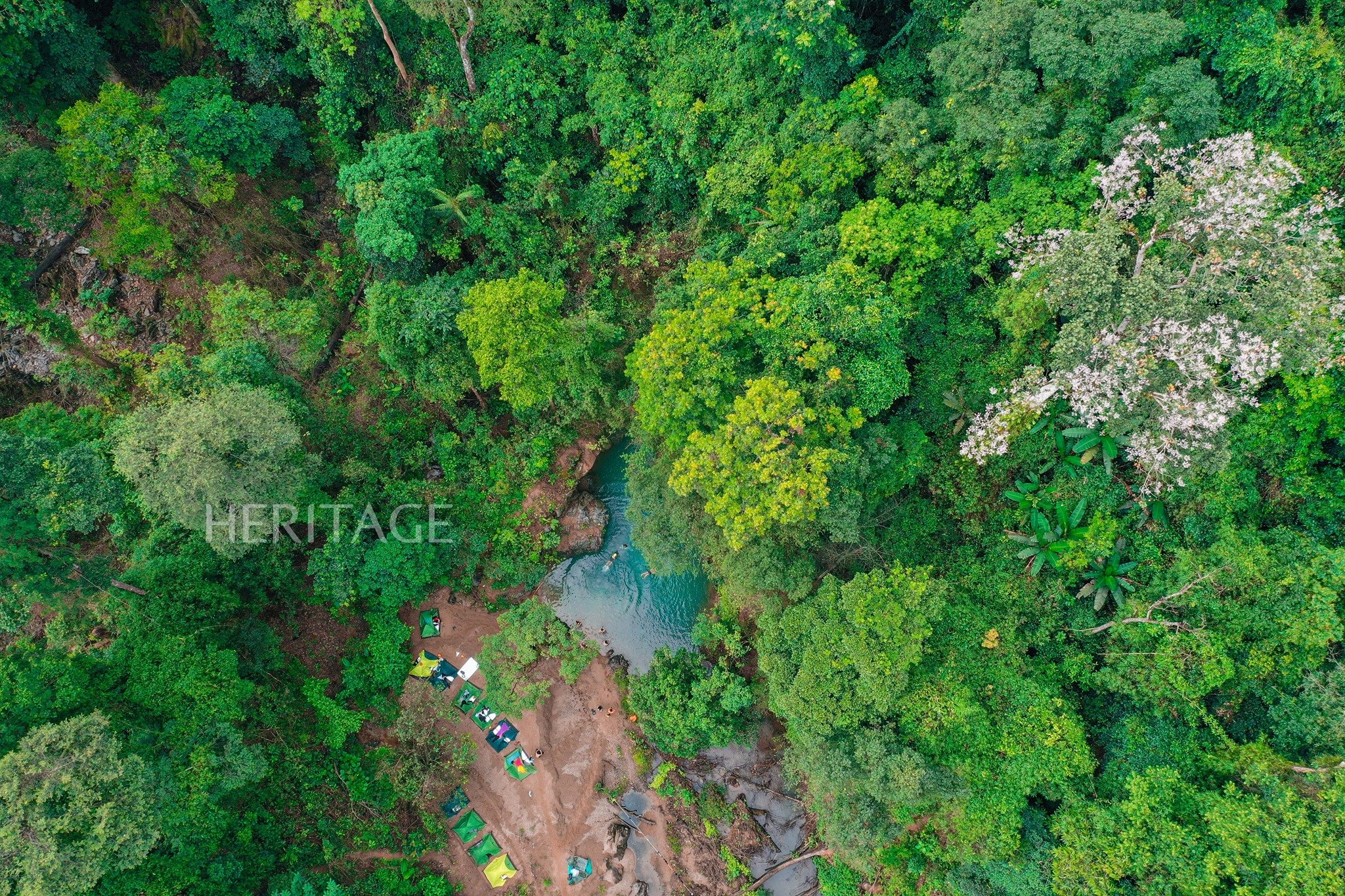
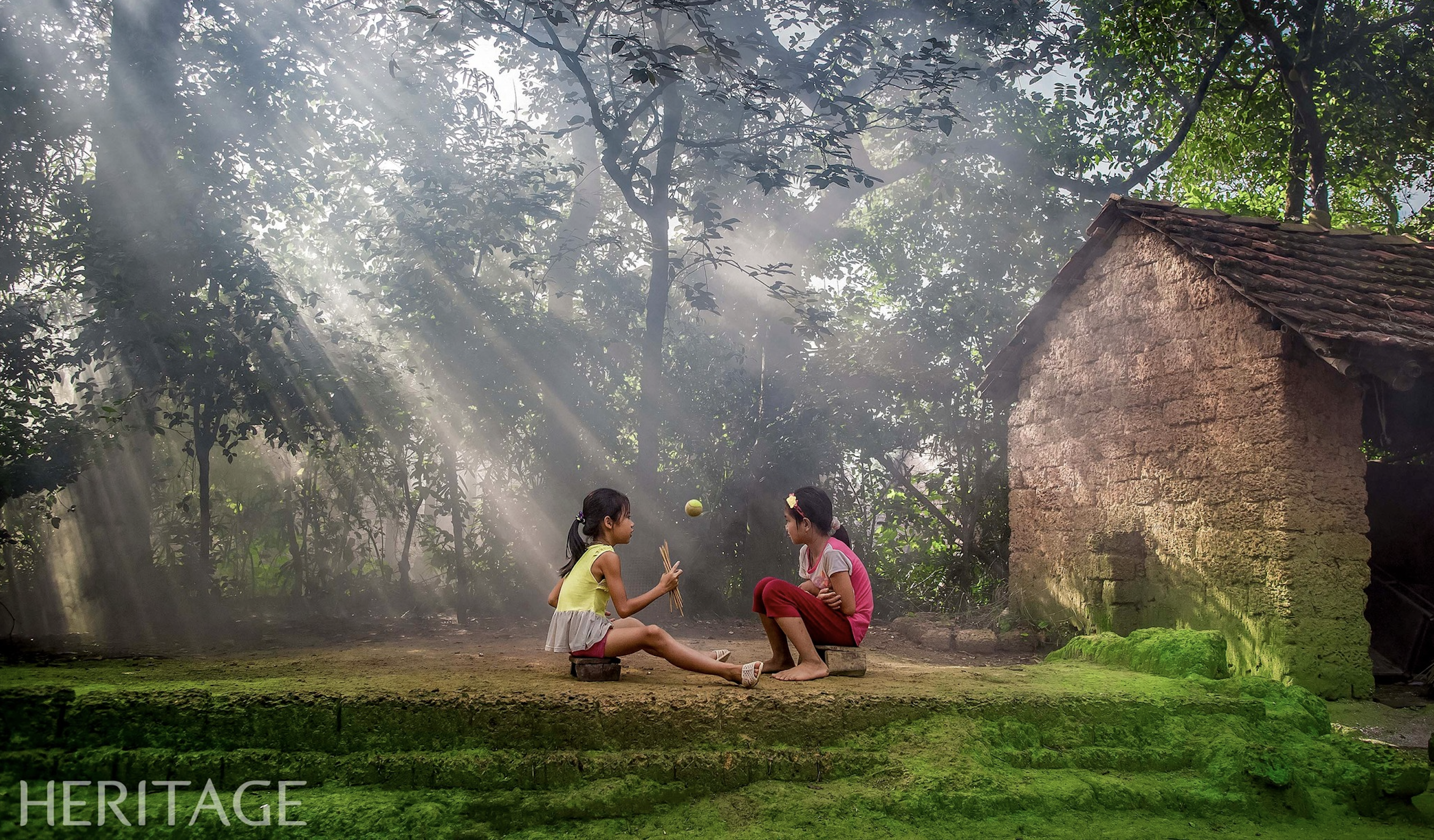
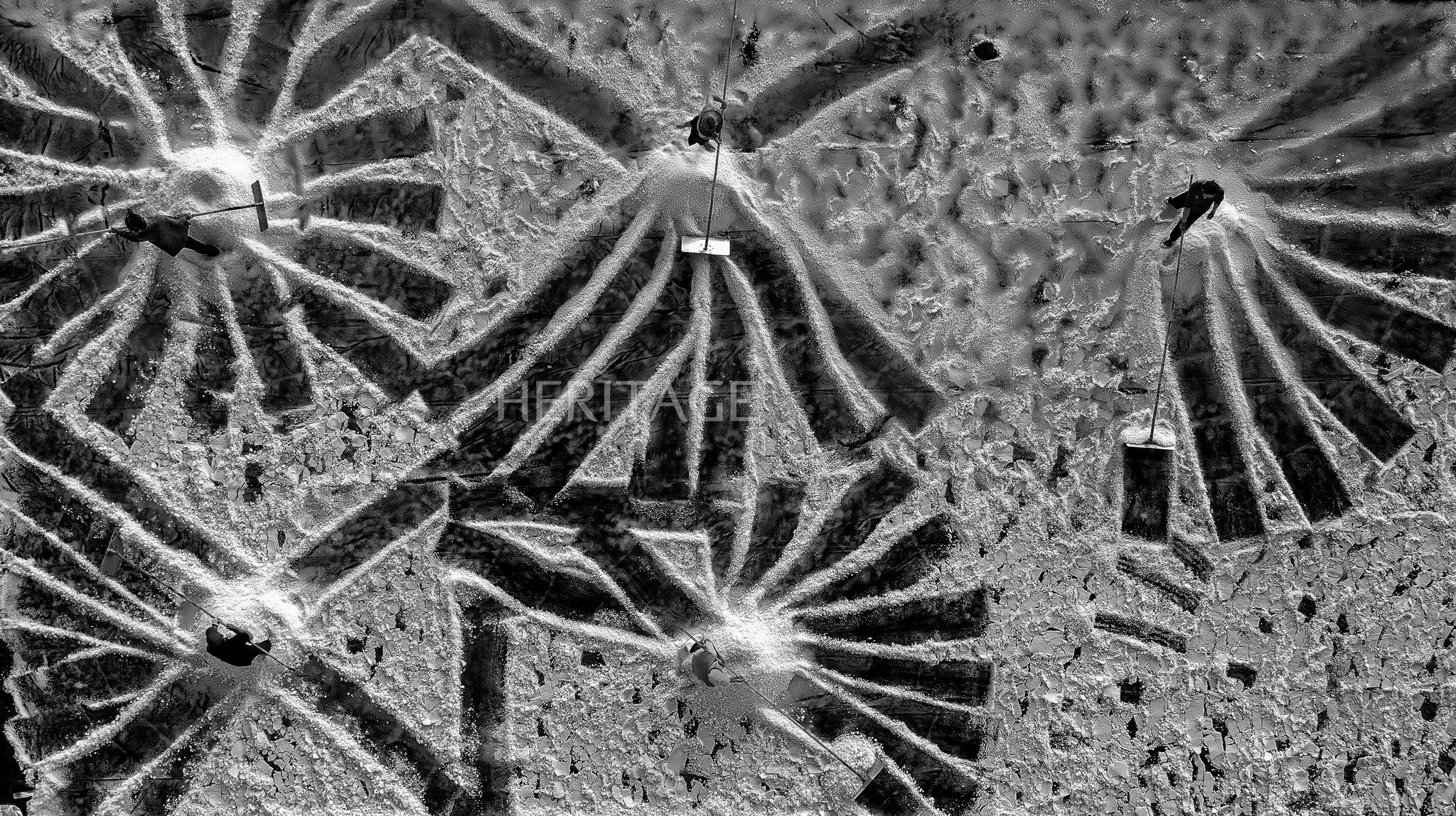




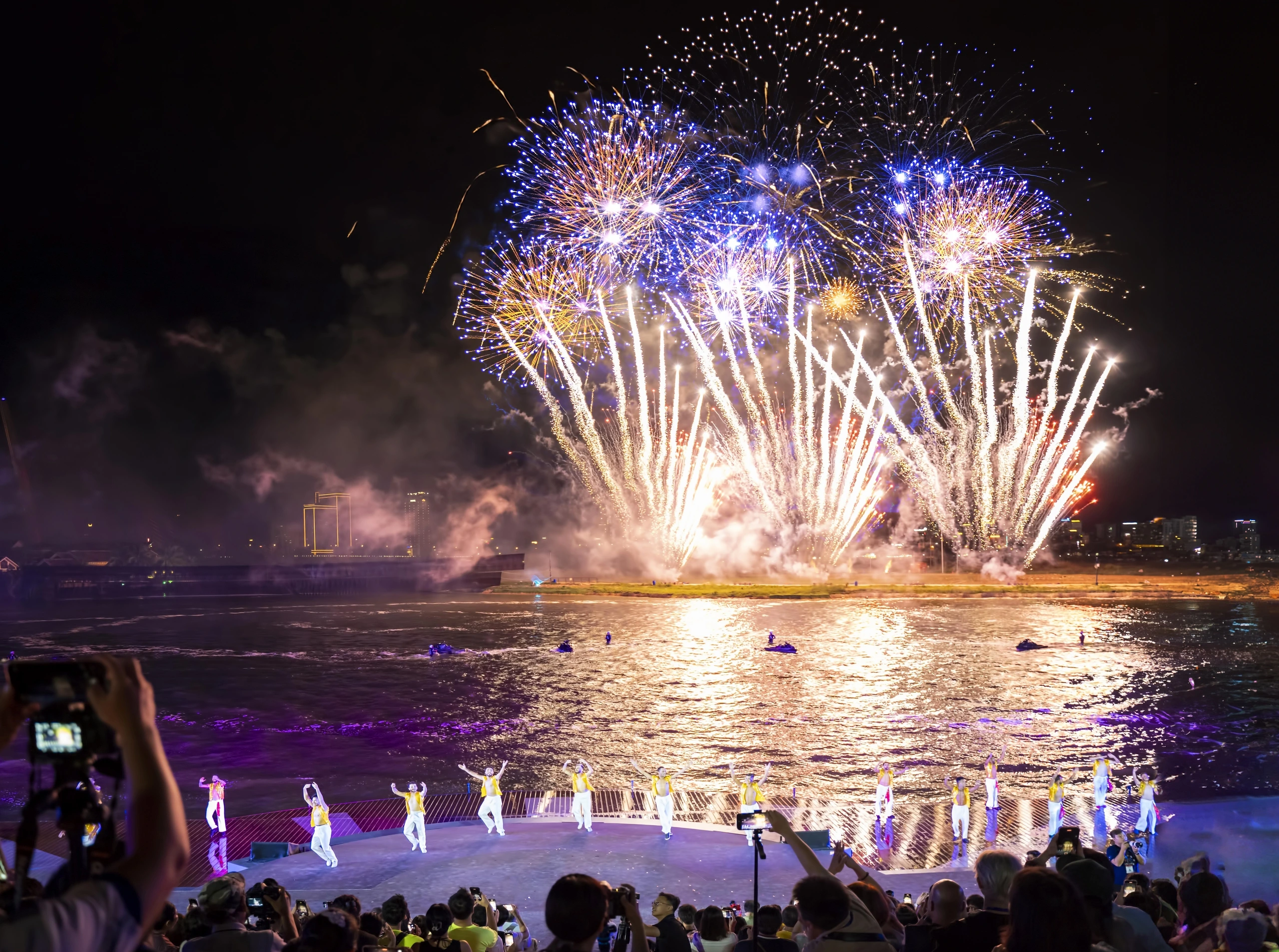
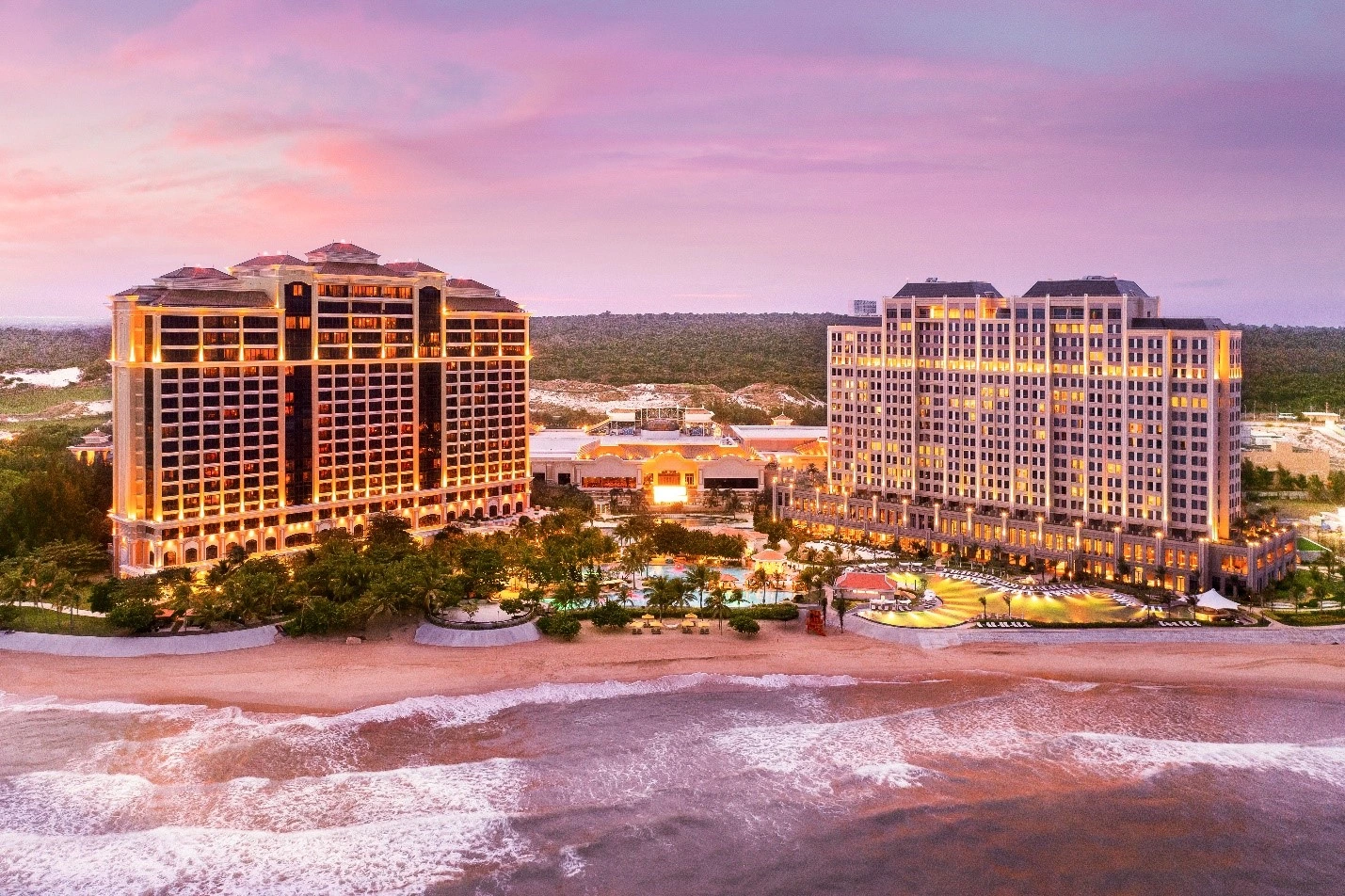

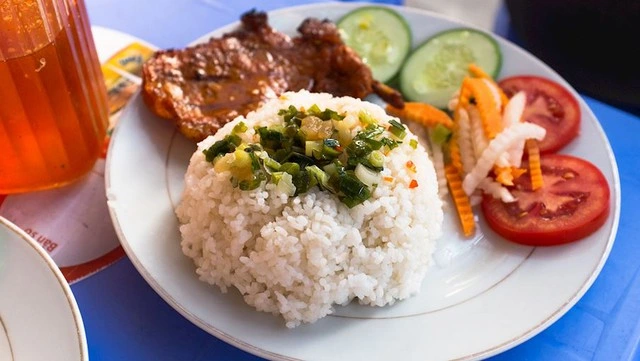
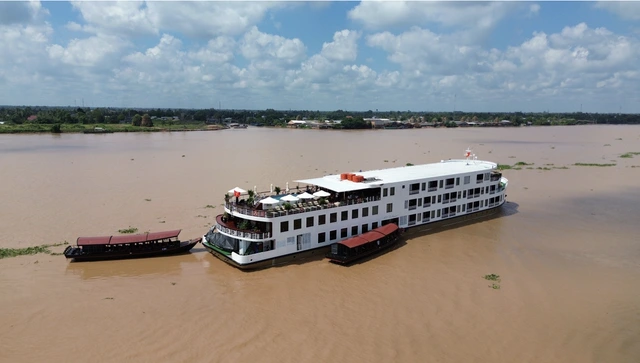

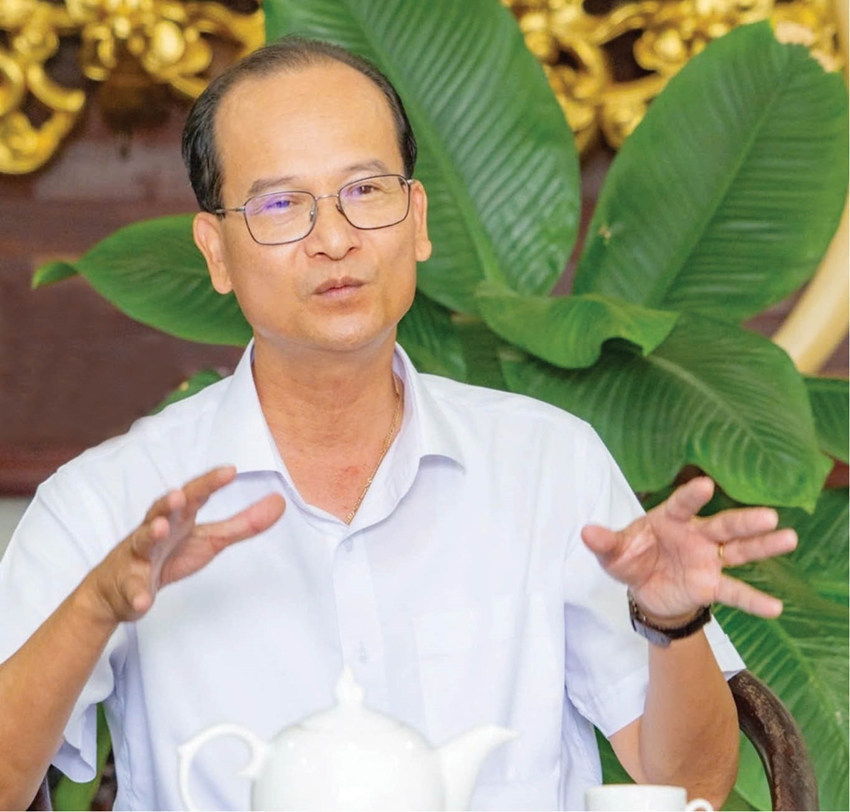

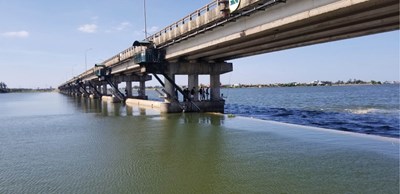
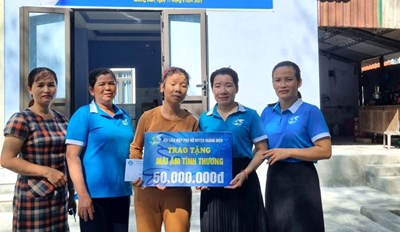
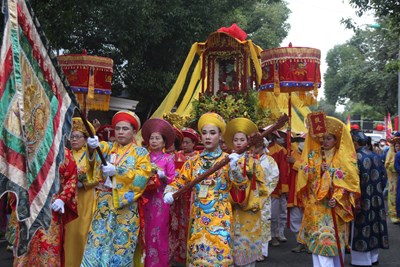
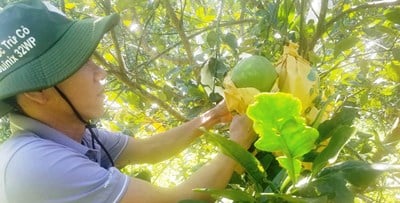
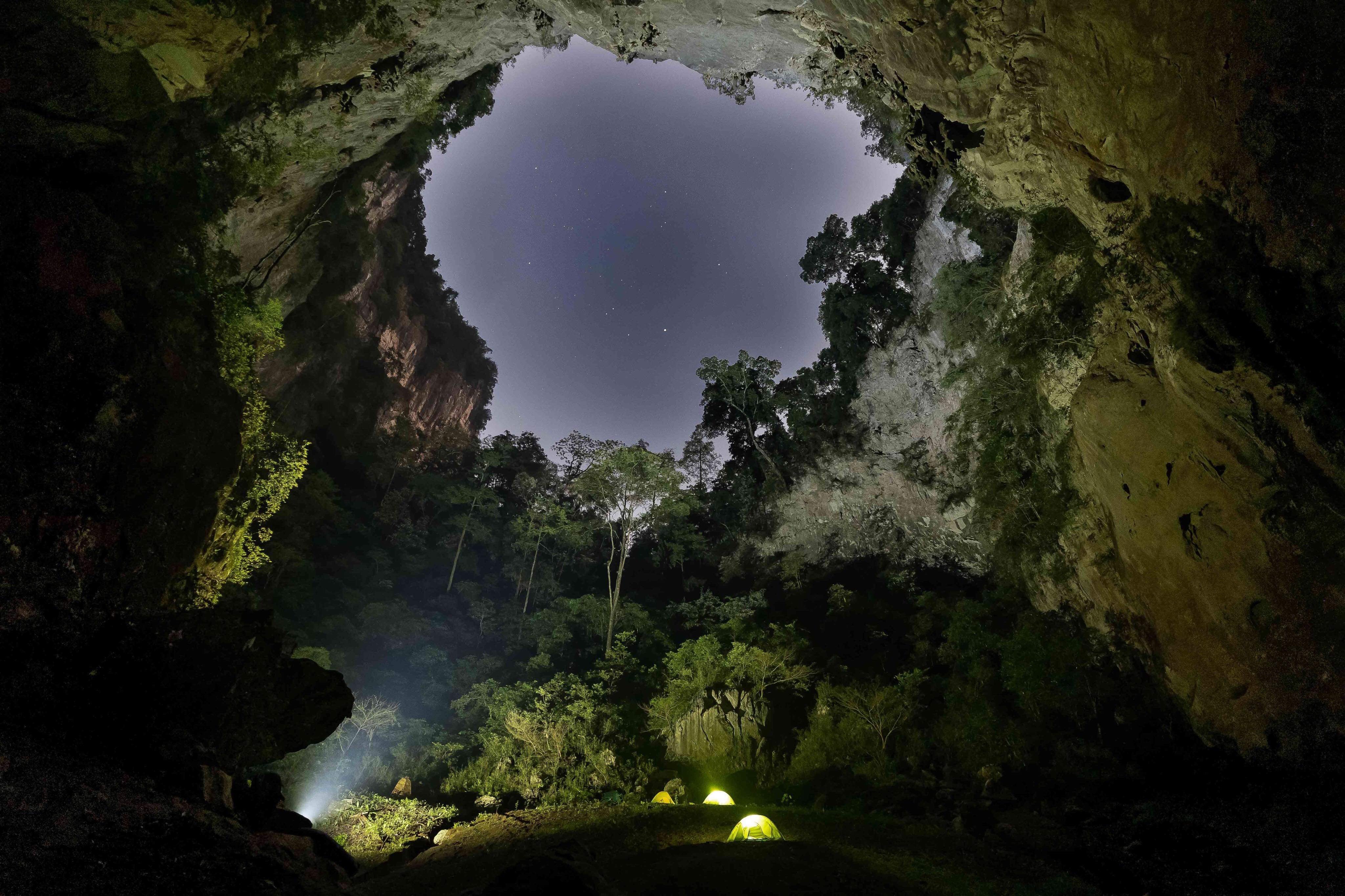

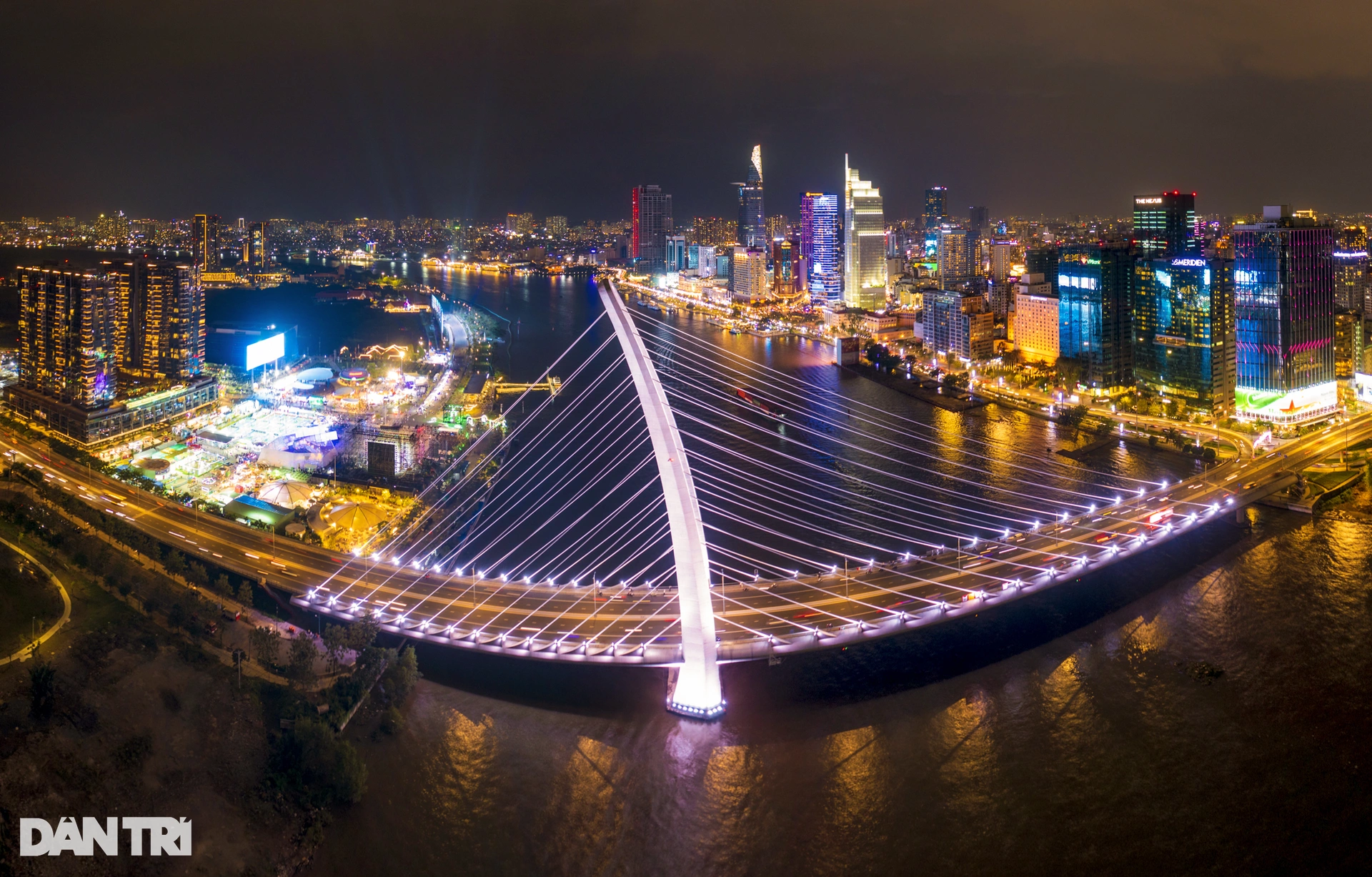
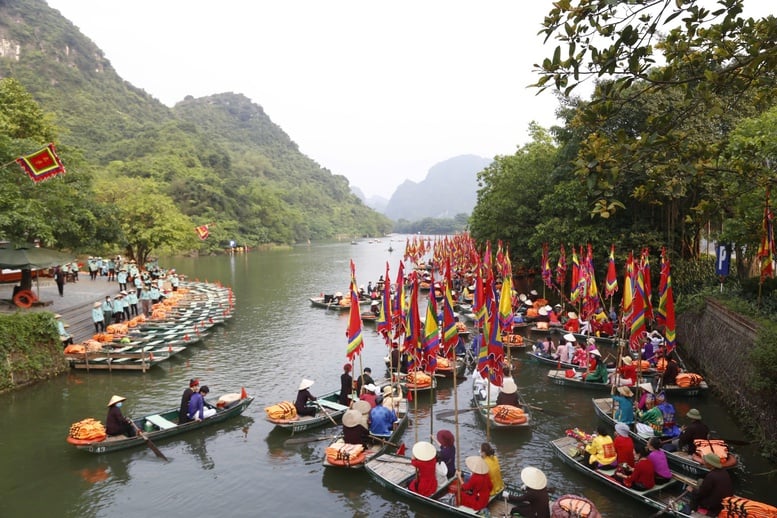

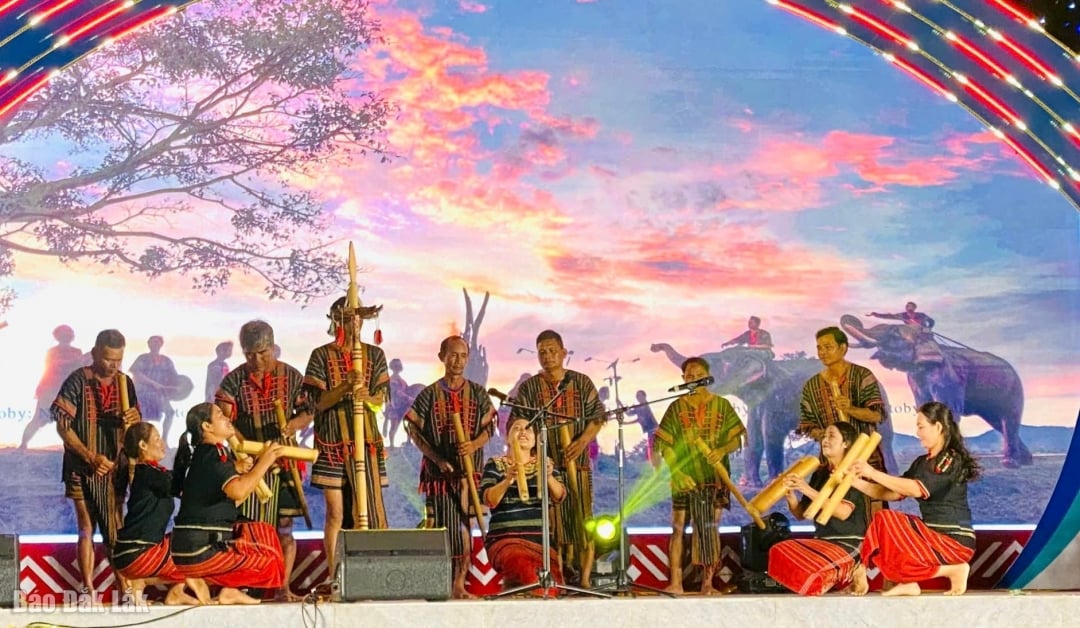
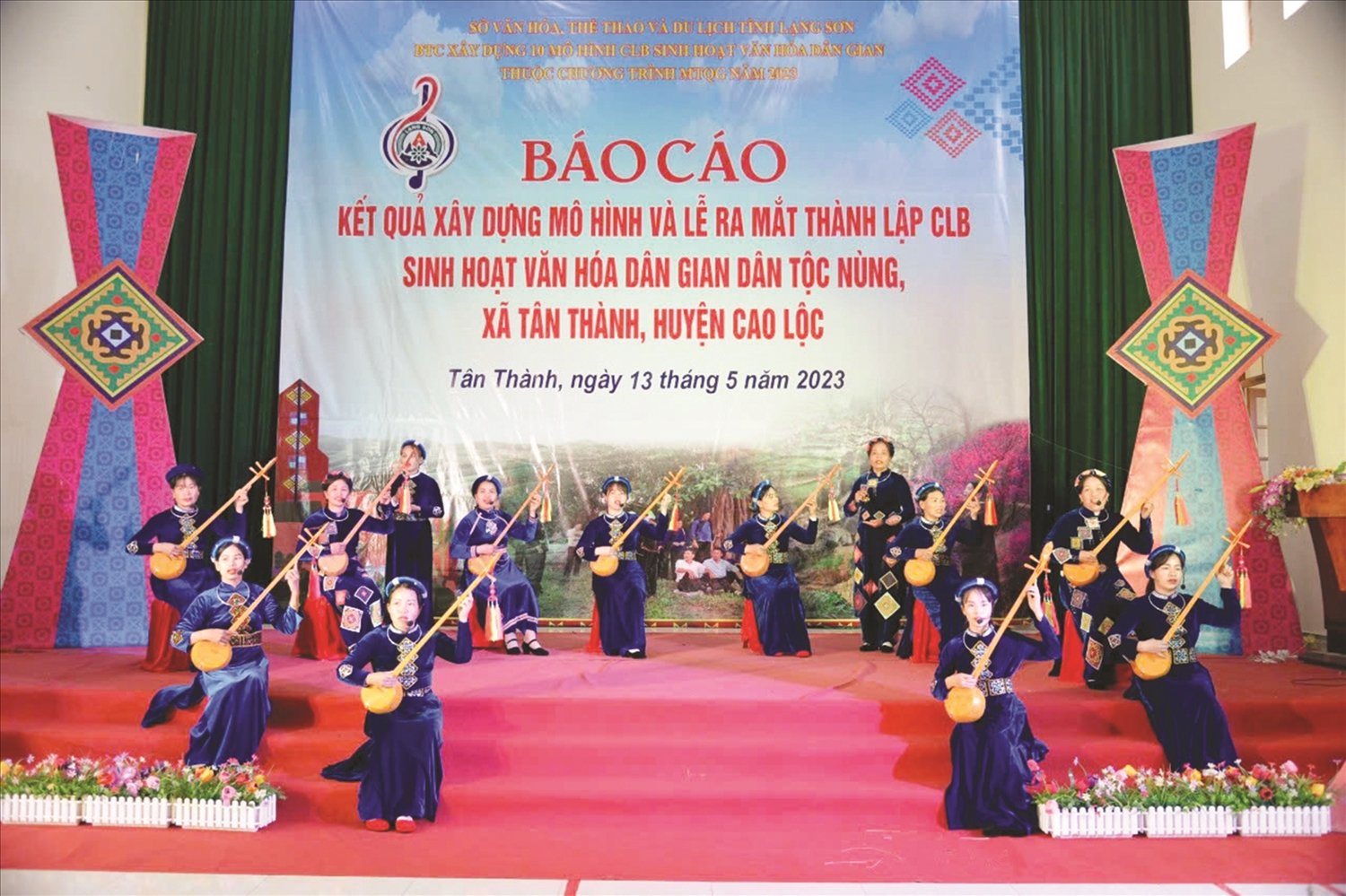

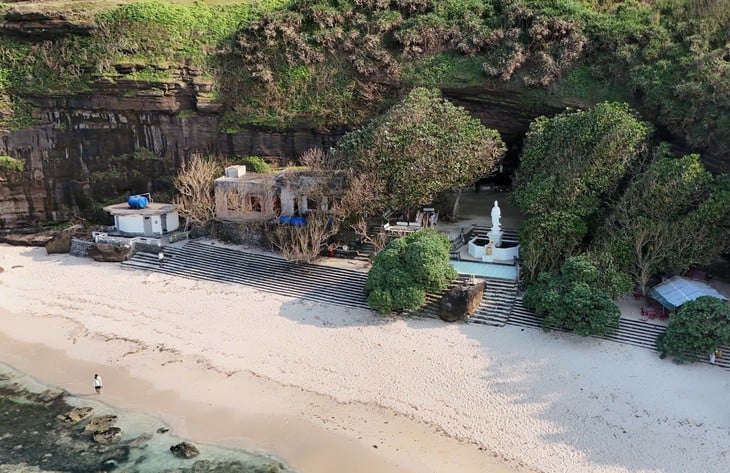

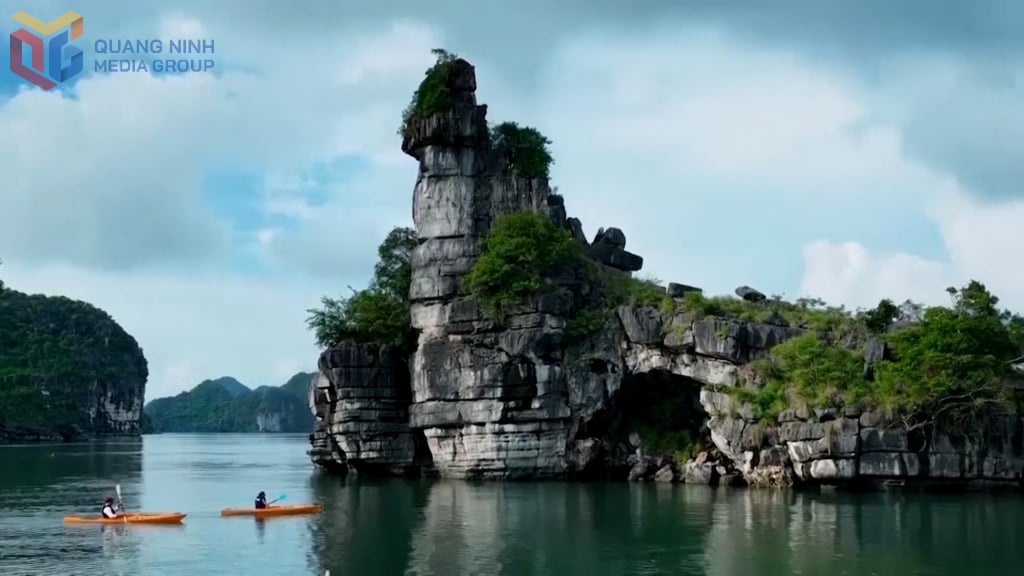

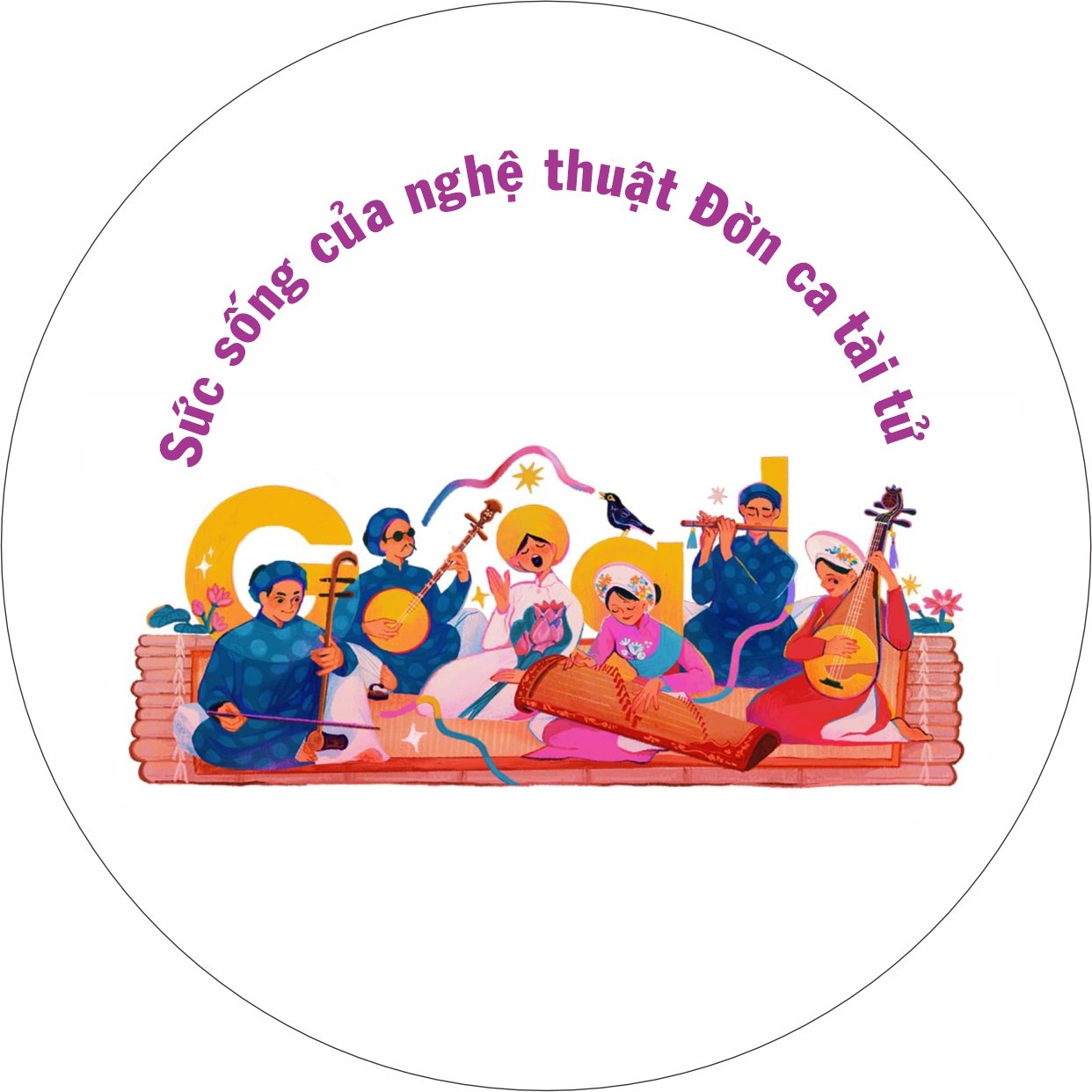




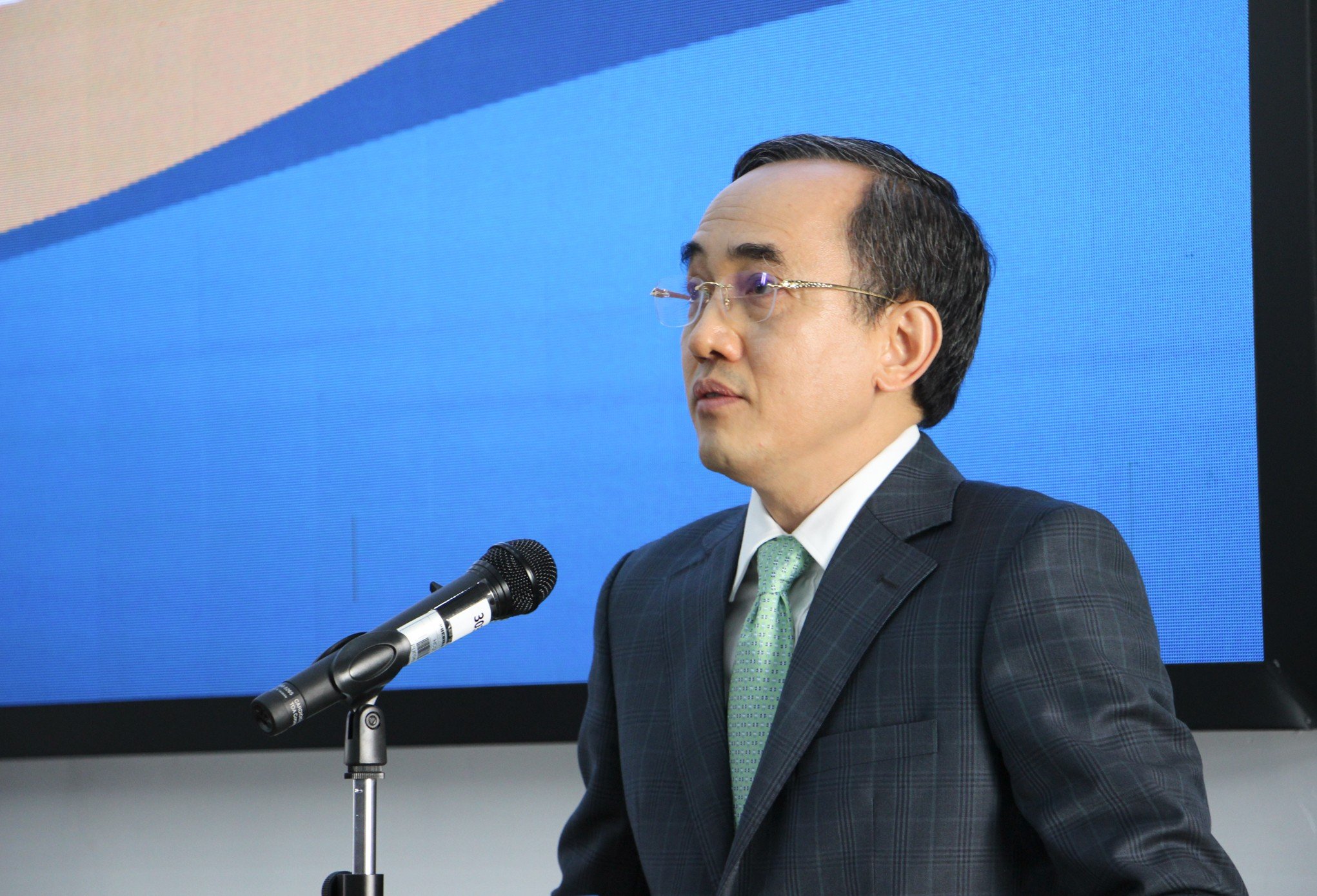

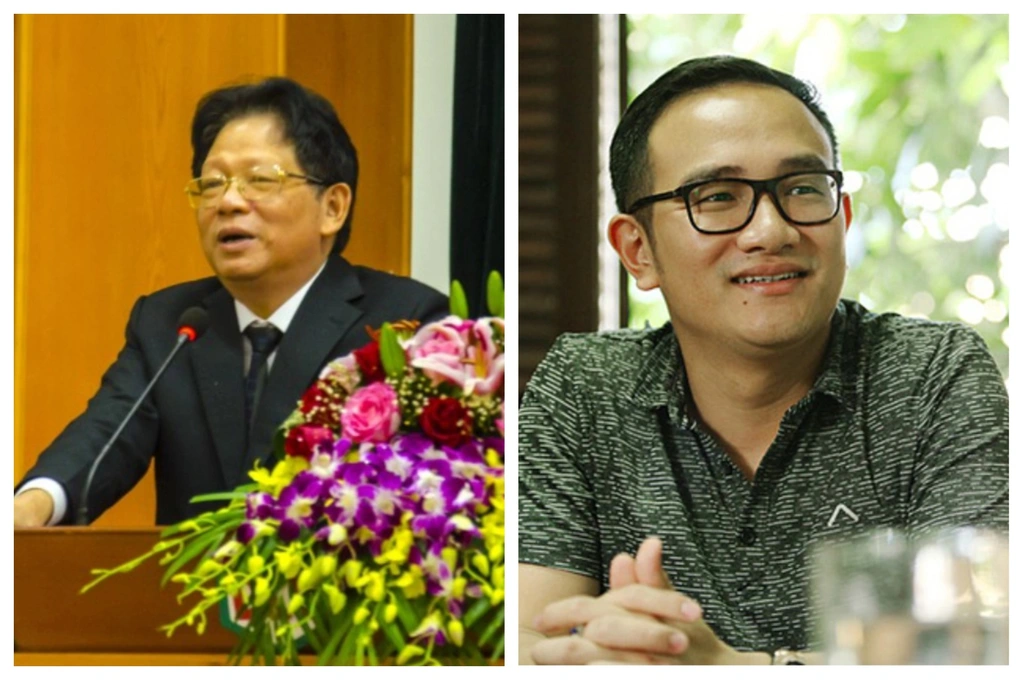

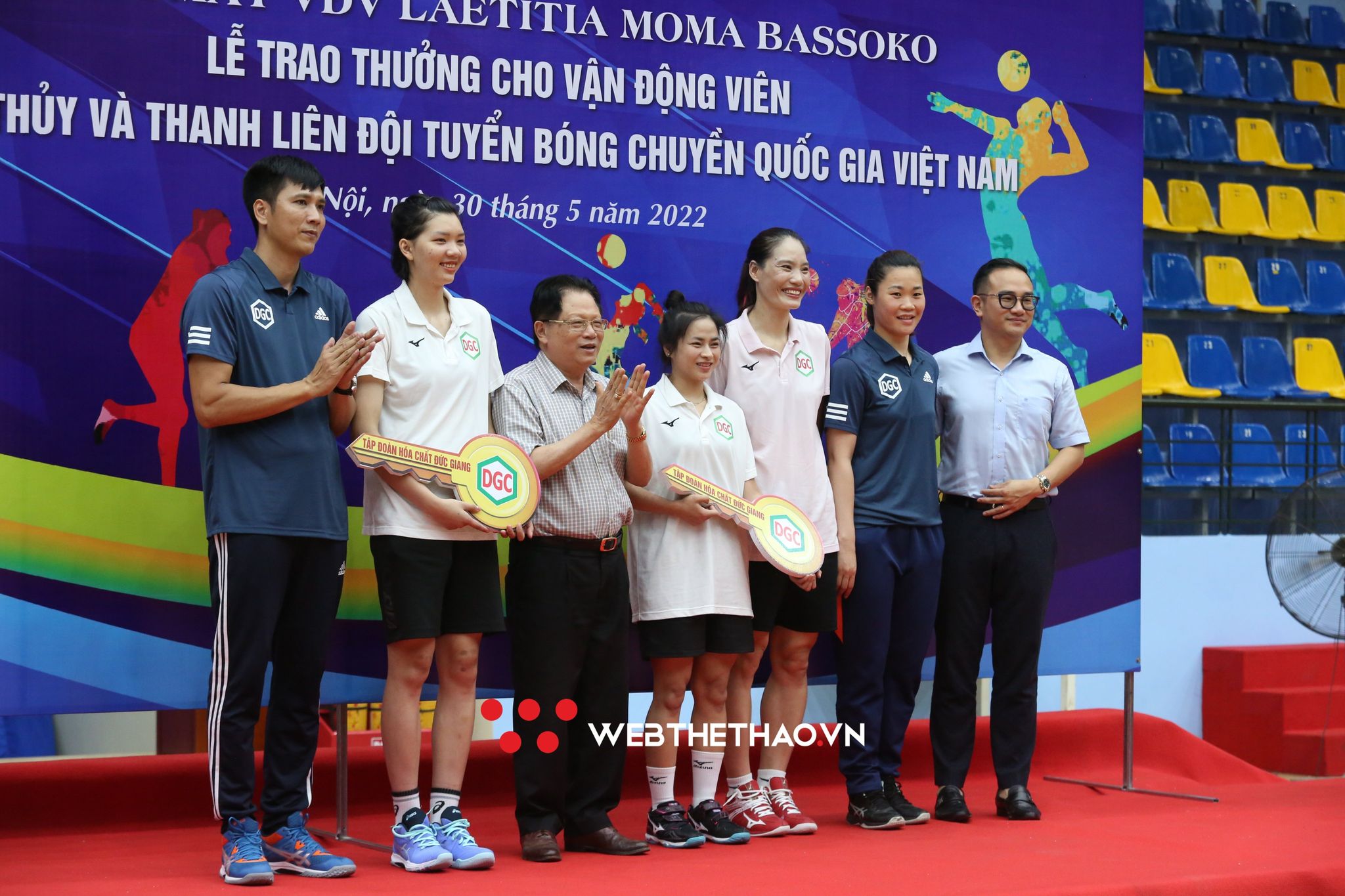









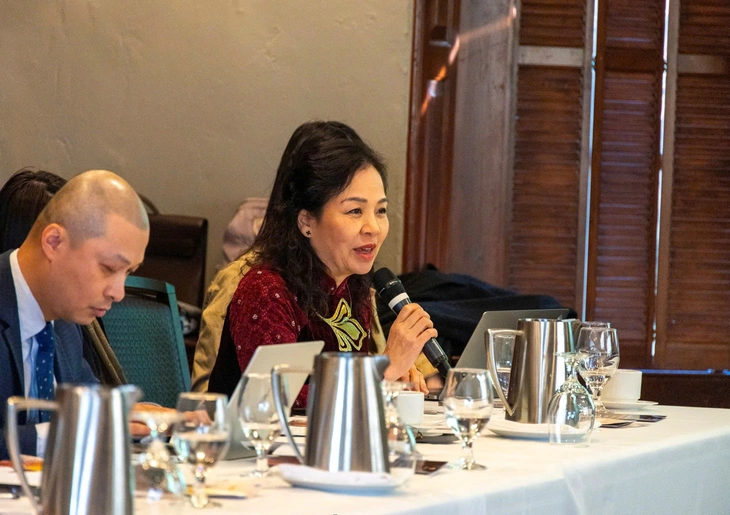
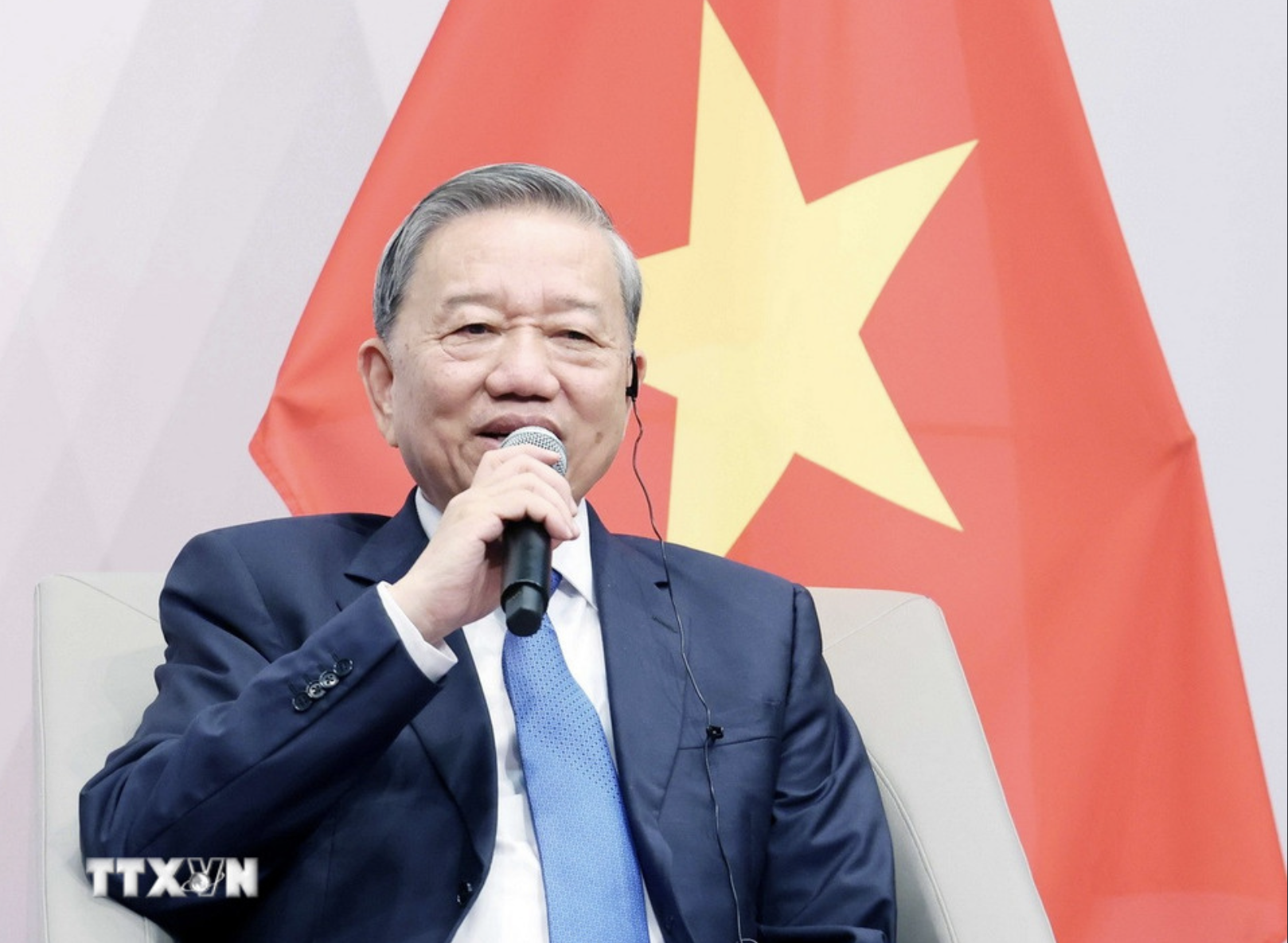

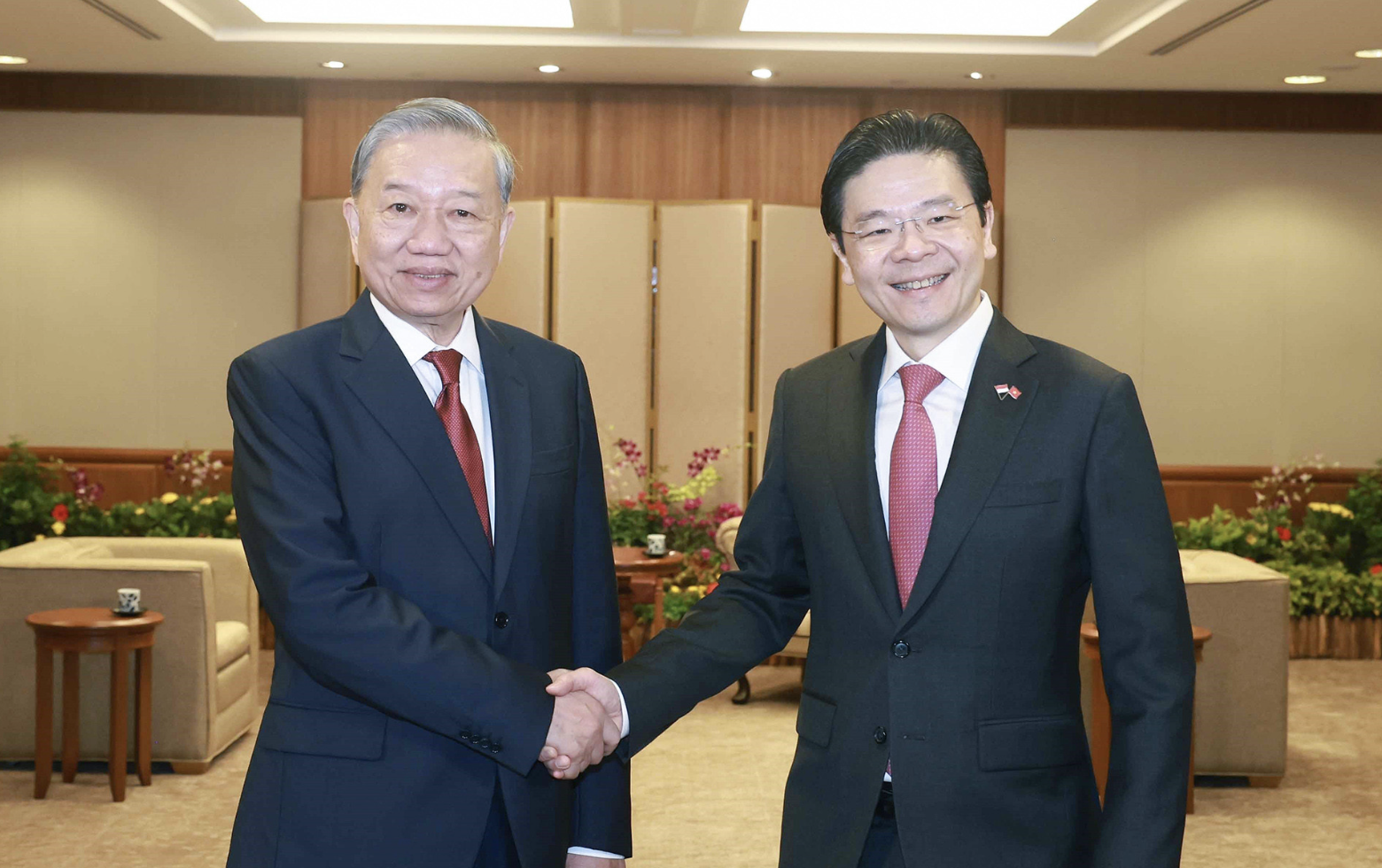



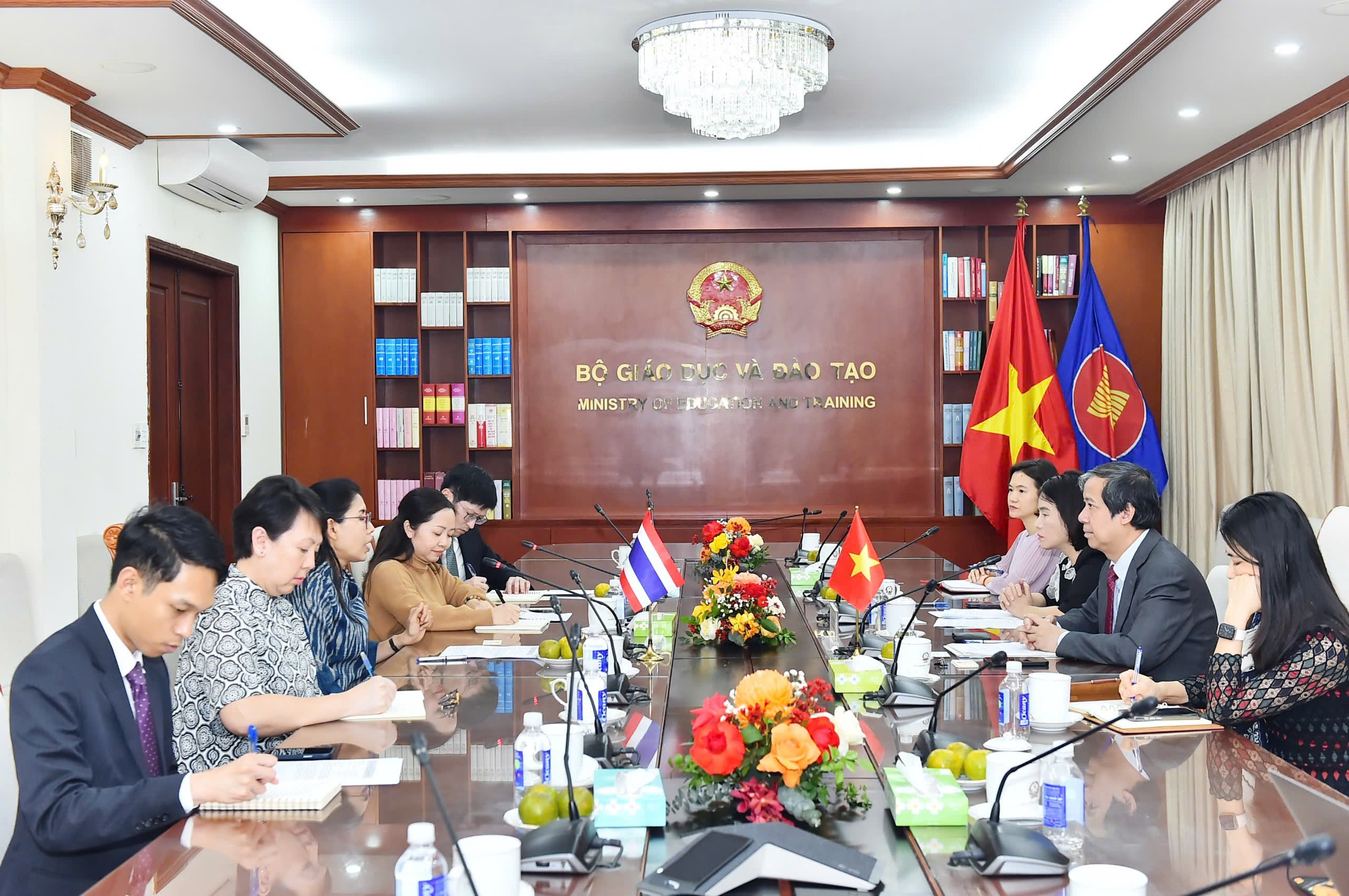

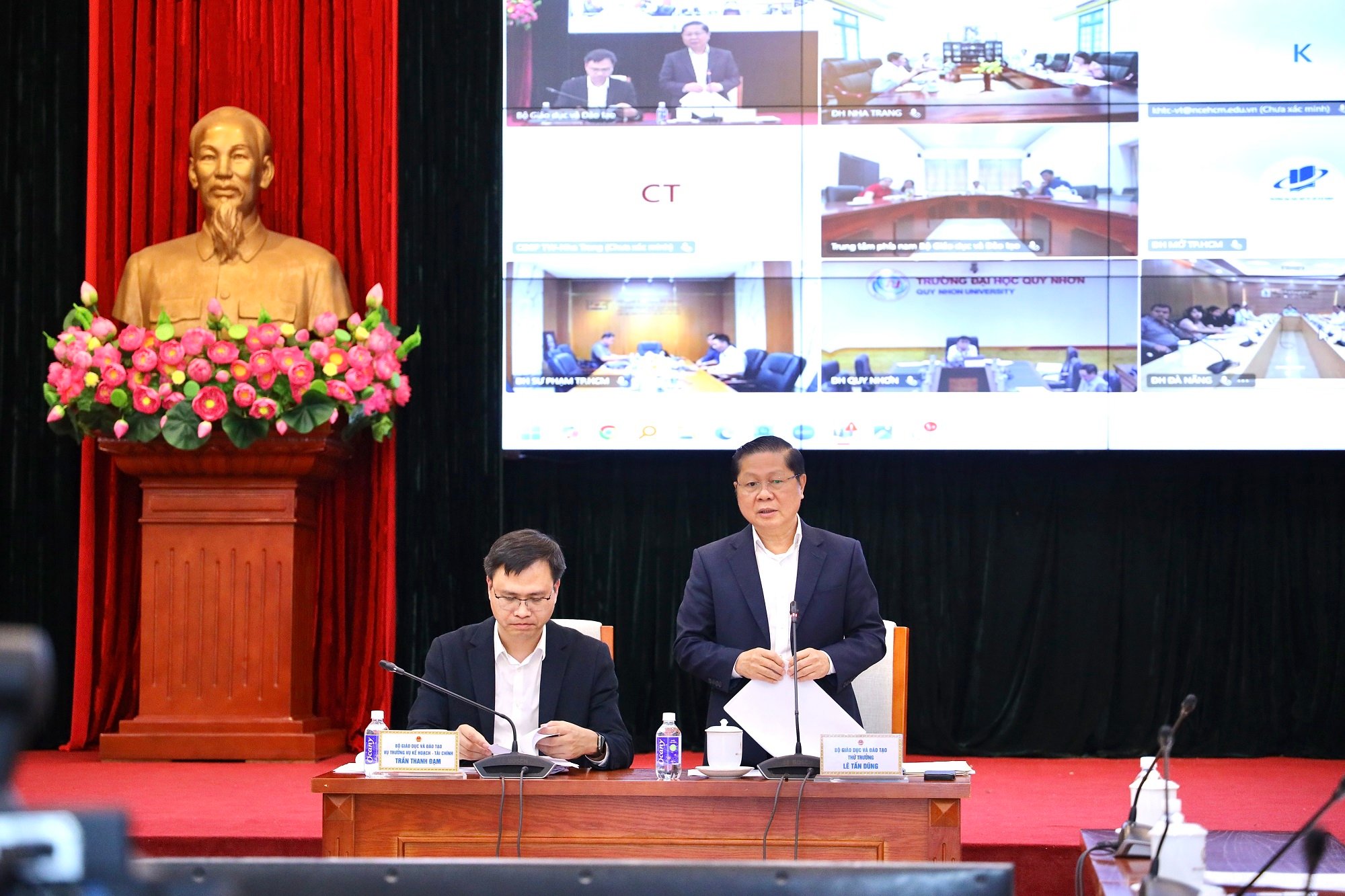
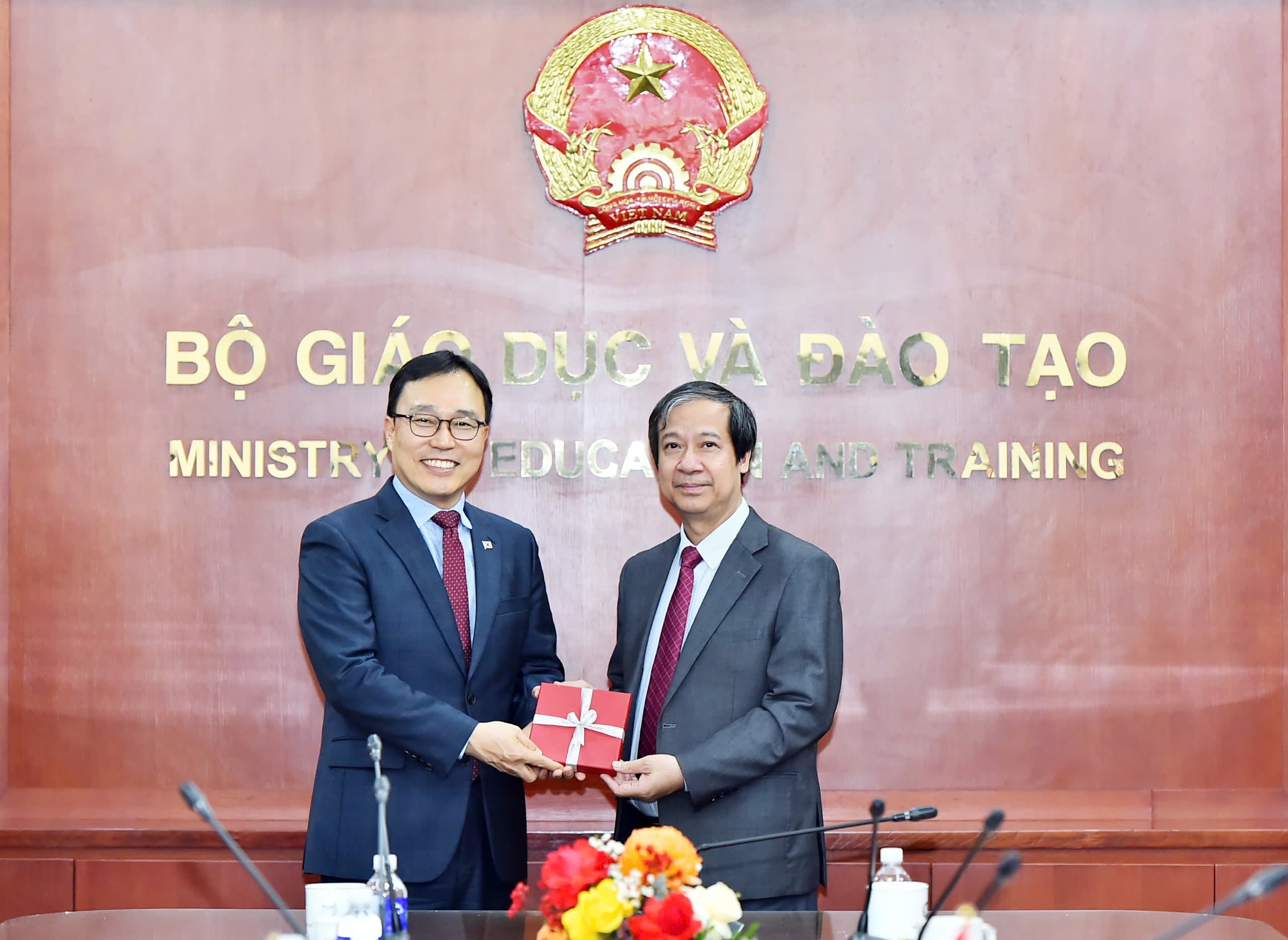
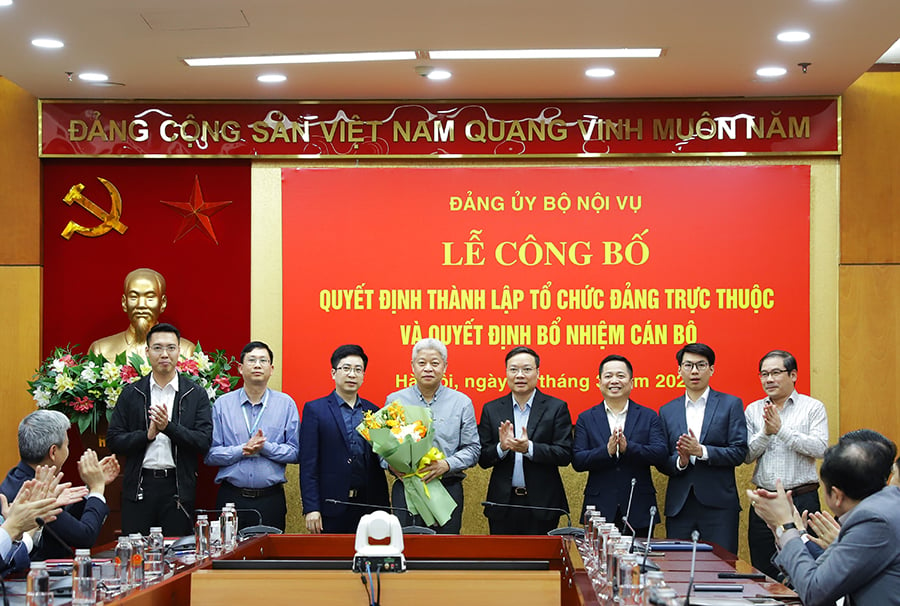



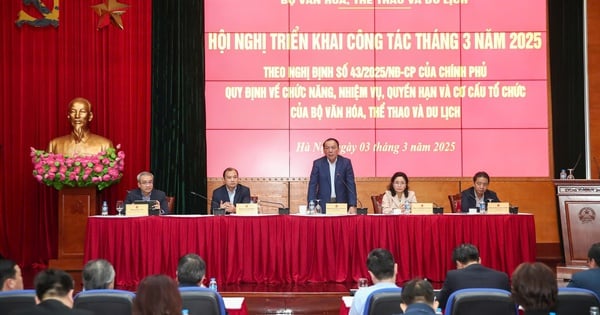







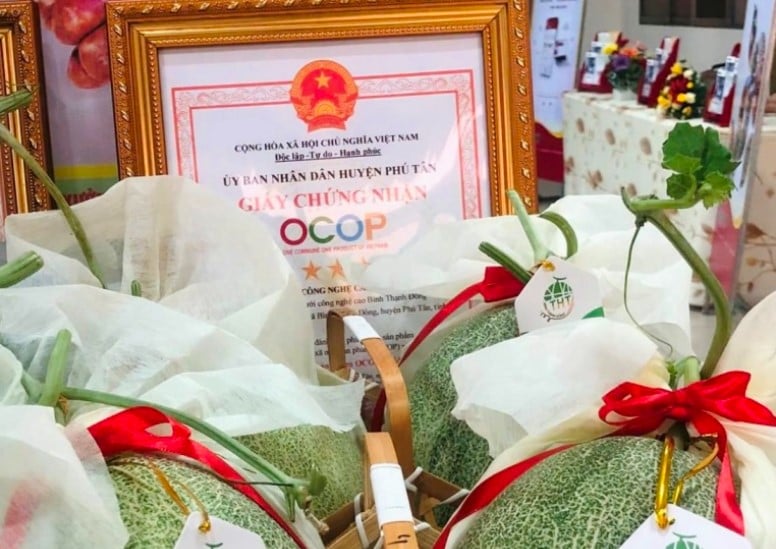

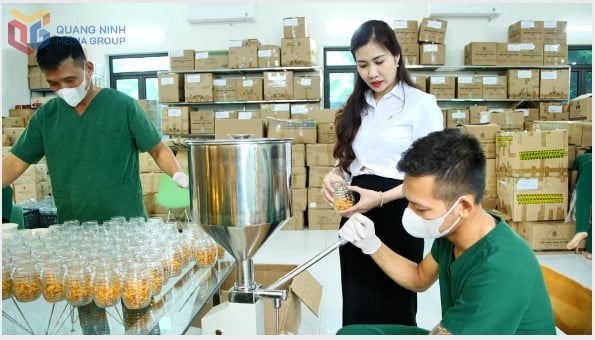
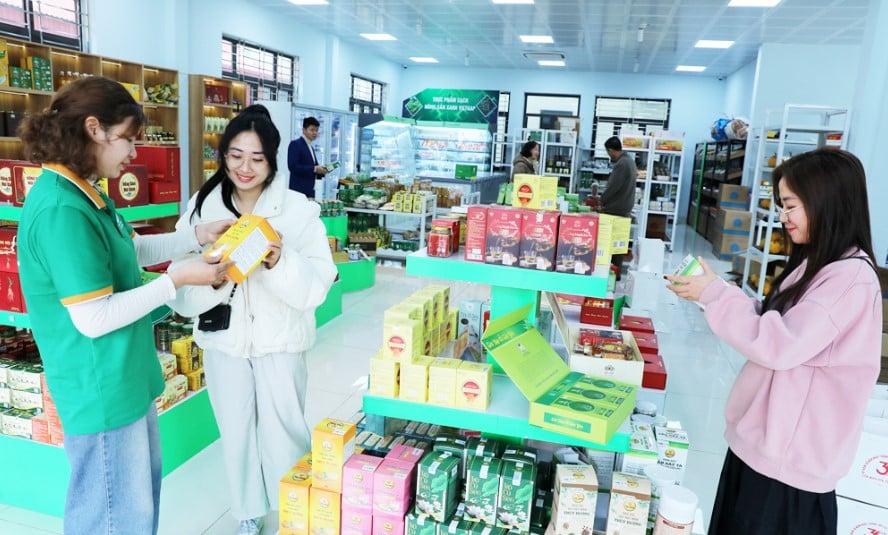
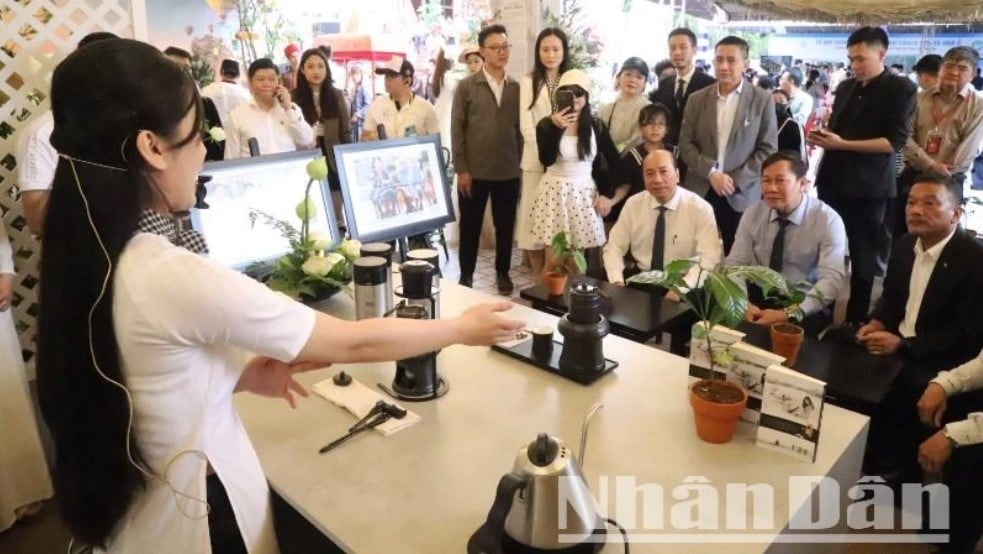
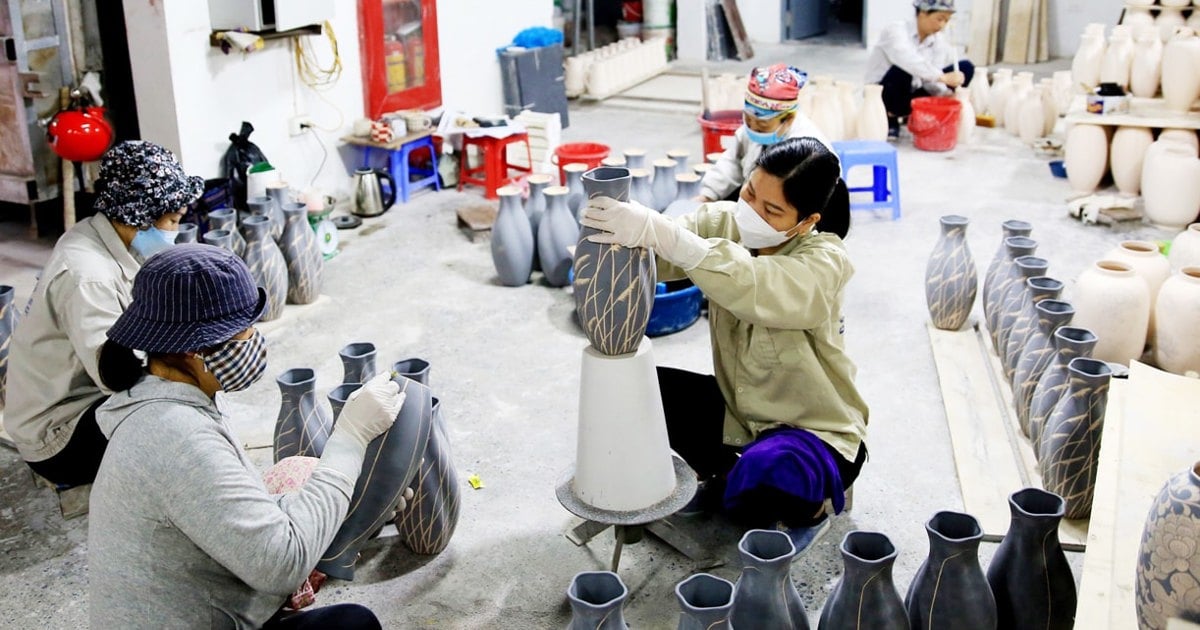

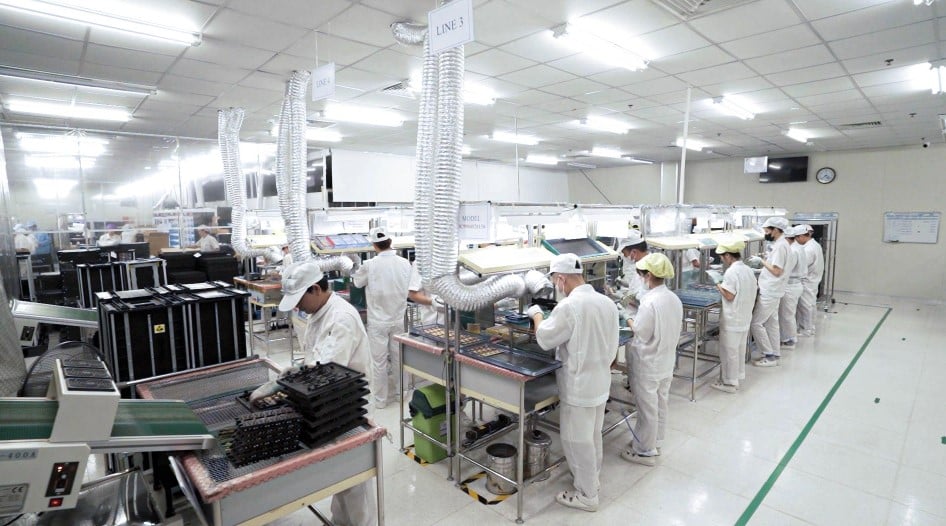
Comment (0)